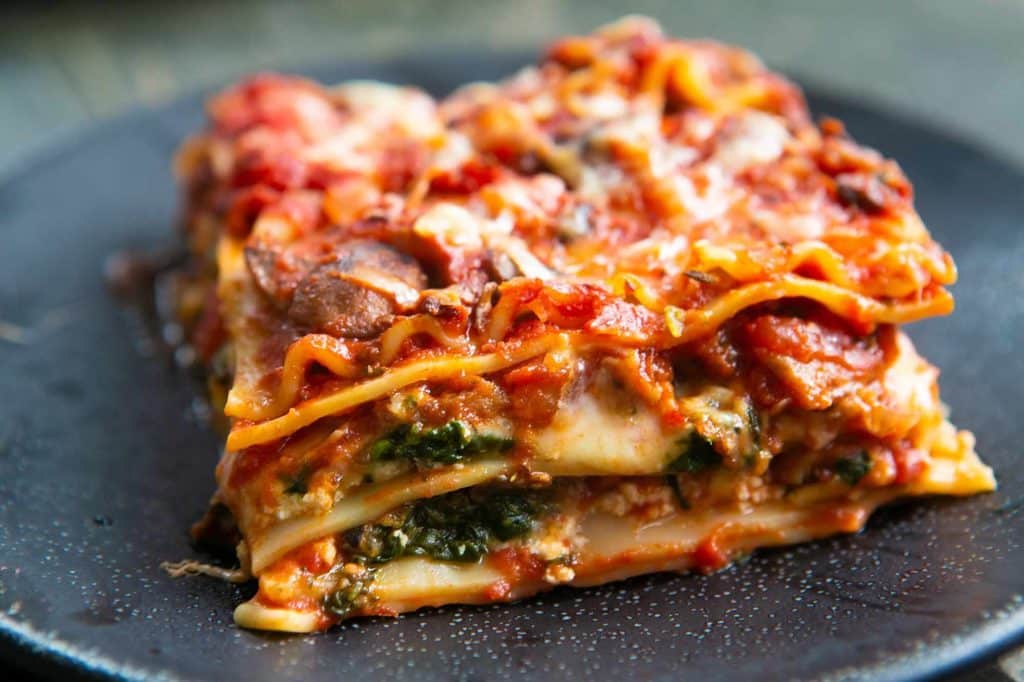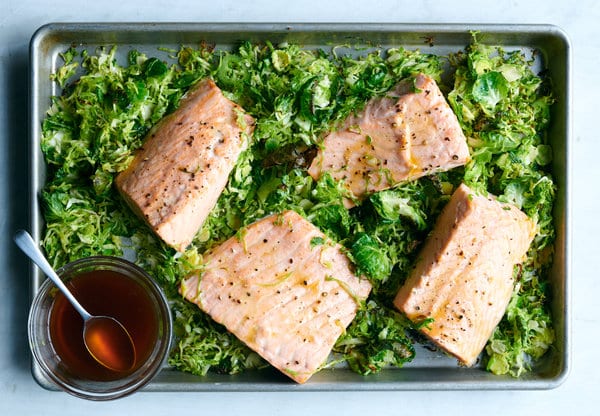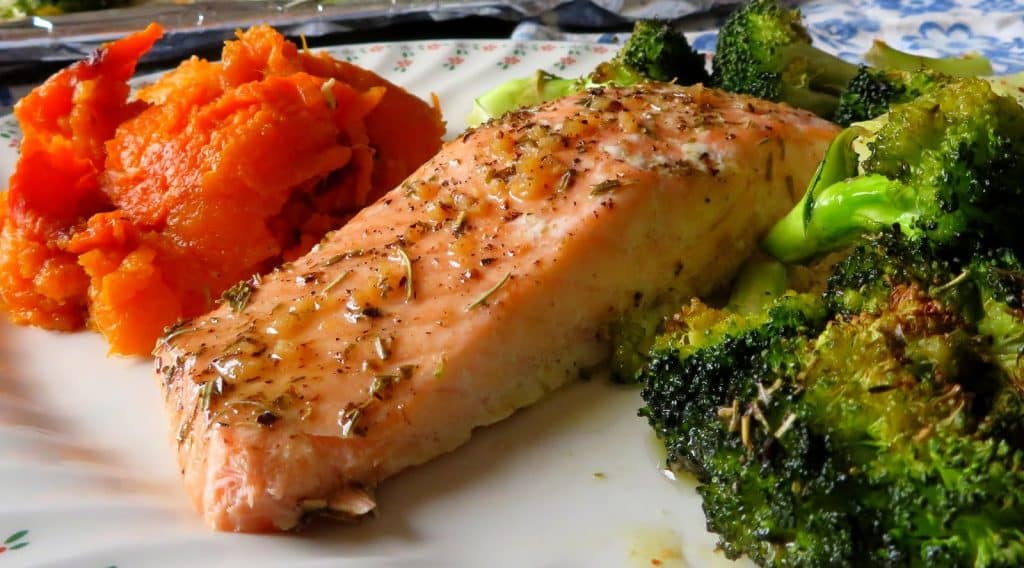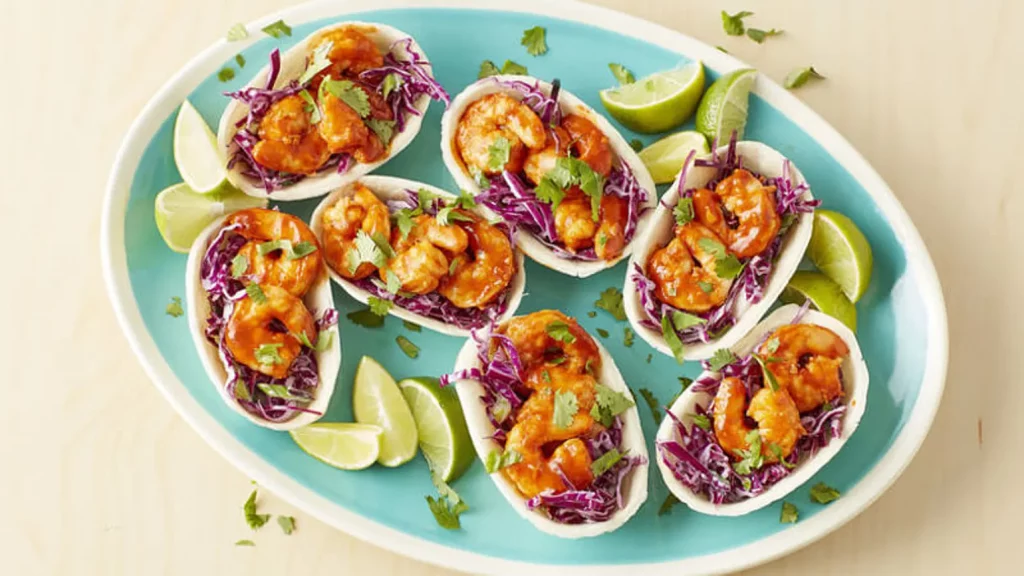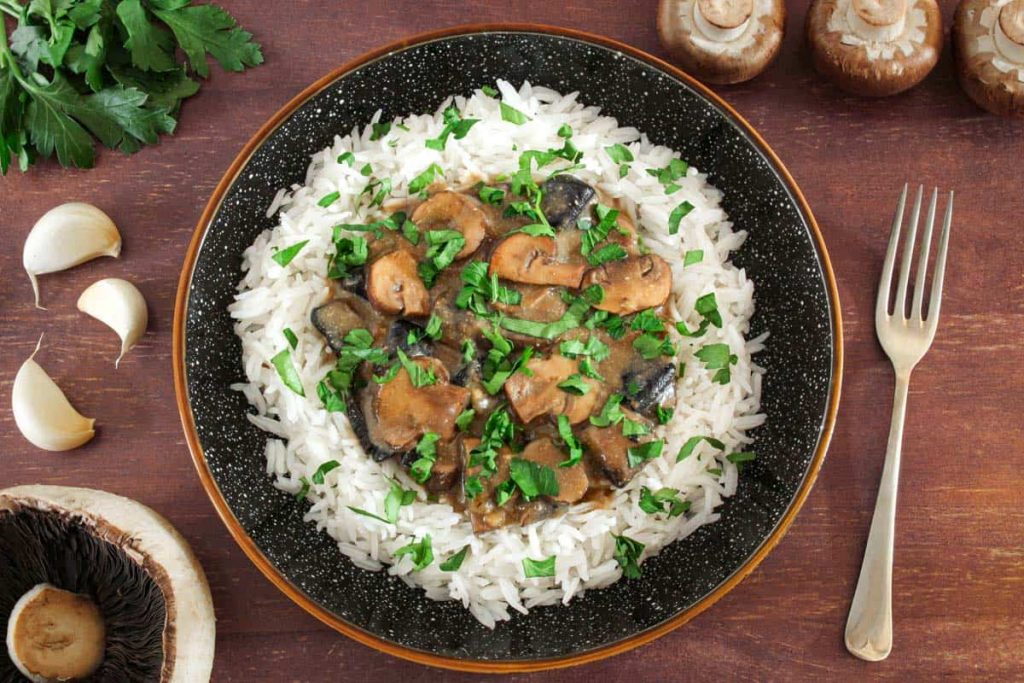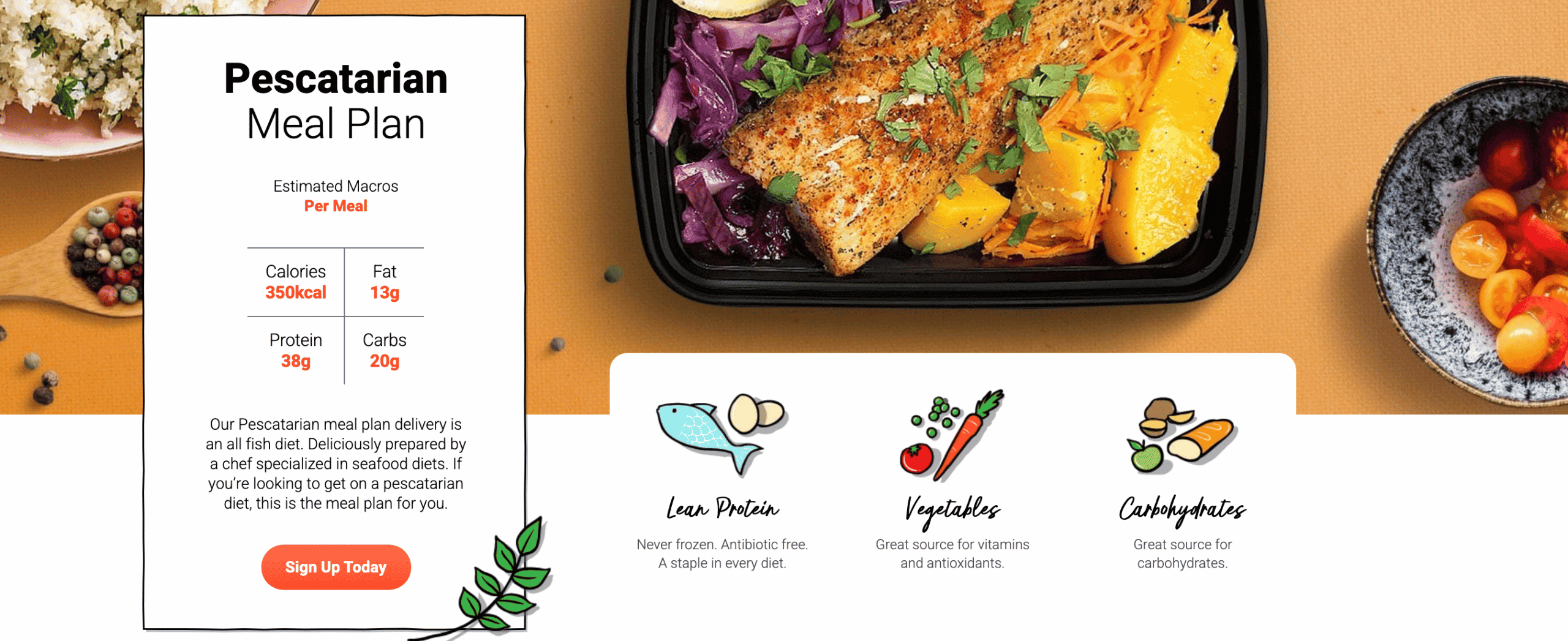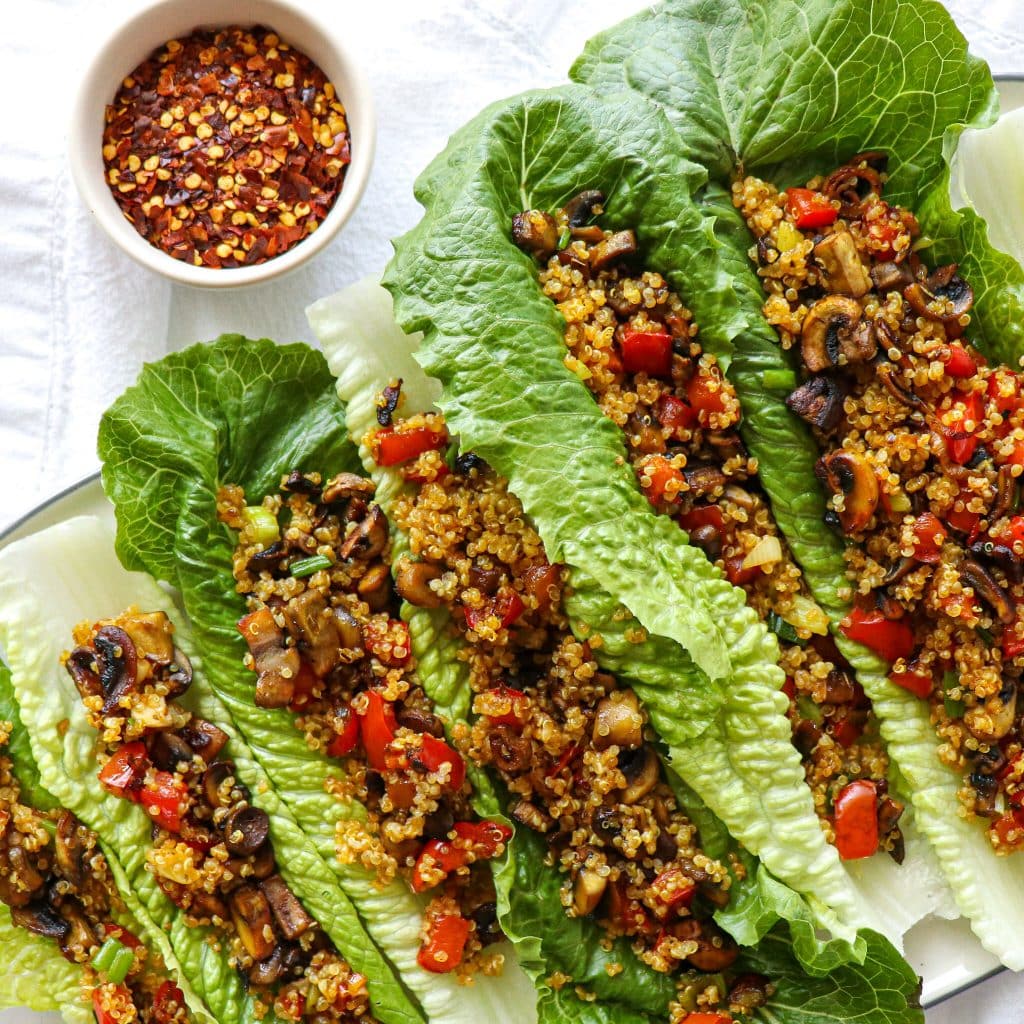
Focusing on pescatarian meals is a type of diet that follows the consumption of fish as the primary source of protein with the exclusion of meat and all other animal flesh – including chicken, turkey, red meat, and other poultry. Pescatarians are also known as “fish-eaters” and may be referred to as an “alternative” or “semi-vegetarian.” Since most fish is low in carbohydrates and high in protein, it makes for a great addition to your ketogenic diet.
However, some fish contain more fat than others so it’s important to check nutrition labels before purchasing. As a general rule of thumb, try to opt for leaner types of fish like cod, trout, catfish or even salmon (in moderation). Here are 7 easy pescatarian keto meals you’ll love!
Eggs and Keto-friendly Breakfast Options
Eggs are a fantastic keto-friendly breakfast option and are a great source of healthy fats. They are also rich in vitamins and minerals such as iron, zinc, and selenium as well as many other essential nutrients. When choosing your eggs, opt for the organic, free-range variety. These come from hens that have been fed a high-quality diet, are antibiotic and hormone-free, and have not been kept in cages. You can also try out different kinds of eggs such as duck eggs or quail eggs.
For a quick and easy keto-friendly breakfast, try scrambling up some eggs along with a side of veggies such as mushrooms or broccoli. You can also try out a keto omelet. All you need is some eggs, butter, and cheese. For the best omelet, try to keep the egg mixture relatively runny so that you can fold it and make it gooey inside on the outside. You can also make a frittata – a tasty and easy-baked egg dish.
Easy Veggie Dishes
Vegetables are low in carbs and high in fiber. They are also rich in flavor and nutrients and are thus an essential part of any healthy diet. Veggies are also very easy to turn into keto-friendly meals. From stews, curries, and casseroles, to stir-fries and salads, there are plenty of ways to incorporate vegetables into your keto diet. For a quick, easy, and keto-friendly vegetable dish, try roasting vegetables such as zucchini, eggplant, or peppers in the oven. For a salad, keep it simple with fresh lettuce, tomatoes, and avocado. You can also make a refreshing keto salad dressing with ingredients such as olive oil, lemon juice, black pepper, and sea salt.
Quick and Easy Fish Dish Ideas
Fish is a quick and easy source of protein that can be easily incorporated into a keto diet. When choosing your fish, opt for leaner varieties such as cod, trout, catfish or salmon. You can also try out different cooking techniques – bake, grill, or pan-fry your fish for a tastier and healthier meal! Here are a few quick and easy fish dish ideas:
– Salmon and Cauliflower Bake – this keto dish involves baking salmon and steamed cauliflower seasoned with garlic and herbs. – Tuna and Tomato Salad – this quick and easy keto meal option involves mixing canned tuna with chopped tomatoes, olive oil, and lemon juice.
Coconut and Shrimp Stir-Fry – this yummy dish involves stir-frying frozen shrimp in coconut oil along with some chopped garlic, ginger, and peppers along with coconut milk for added flavor.
Best Pescatarian Meal Delivering Company
Jet Fuel Meals meal plan
For those who are new to the keto or pescatarian diet, preparing pescatarian meals can be a good way to stay on track with your diet. Here’s a sample keto pescatarian meal plan for an entire week:
Eggs and Avocado on Toast, Salmon, and Broccoli Cauliflower and Zucchini Soup – Blueberry and Walnut Muffins Mixed Salad with Balsamic Vinaigrette Coconut and Almond Squares
The company delivers you healthy meals in Miami, Orlando, Tampa, and across the US check out the website for more…
7 Delicious Seafood Meal Ideas
Here are 7 delicious seafood meal ideas to keep you going strong with your keto diet:
1. Sashimi

Sashimi is a Japanese delicacy consisting of very thinly sliced raw fish or meat (usually served with soy sauce and wasabi). It is a quick, easy, and healthful keto meal option that you can make at home. All you need is a fresh fish filet (preferably salmon or tuna) and a sharp knife.
2. Fish and Broccoli Bake

This is a quick and easy keto meal option that you can whip up at home with a few simple ingredients like broccoli, salmon, coconut oil, and cheddar cheese. You can also add a dash of pepper and salt for added flavor.
3. Shrimp Salad

A simple salad of diced tomatoes, shrimp, sliced avocado, and lettuce tossed in olive oil and lemon juice makes for a quick and easy keto meal. You can also try out other variations such as tuna salad or sardine salad.
4. Salmon and Avocado Salsa

This quick and easy keto meal option involves steaming salmon filets seasoned with herbs such as rosemary or thyme and then topping them with spicy avocado salsa.
5. Fish and Chips

You may think that fish and chips are strictly reserved for non-vegetarians, but it is actually easy to make this keto meal at home. Simply fry up some fish filets in coconut oil until golden brown and then serve them with a side of fries made with riced cauliflower and sprinkled with parsley.
6. Coconut and Shrimp Stir-Fry

This yummy dish involves stir-frying frozen shrimp in coconut oil along with some chopped garlic, ginger, and peppers along with coconut milk for added flavor. These are the best high-protein pescatarian meals.
7. Prawn Jambalaya

Add oil, onion, and celery and fry add rice, spices, and pour 1 glass of water and tomato stir in the bouillon powder, garlic, pepper and thyme add the prawns and cook for 30 mins and serve.
Conclusion
Fish is a great protein source and low in carbs. It can be easily incorporated into your keto diet and used in a variety of dishes. Pescatarian meals rich in vegetables are also a great source of fiber and vitamins and are very easy to cook. When you’re on a keto diet and are also trying to follow a pescatarian diet, it can be a challenge to come up with meal ideas that are quick and easy. Luckily, there are plenty of keto-friendly and easy recipes you can try out at home for a nutritious and healthy meal. You can also try out different cooking techniques such as baking, grilling, or pan-frying your fish or other ingredients to make them tastier. For a quick and easy keto meal, try out these 7 delicious seafood meal ideas and enjoy your diet!

















